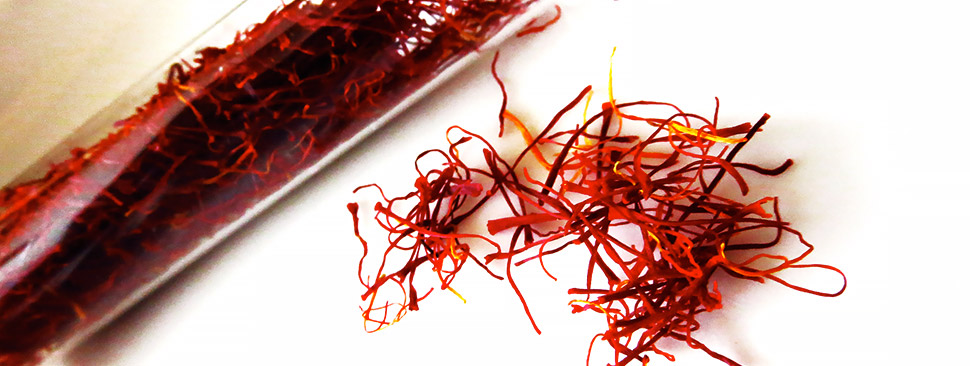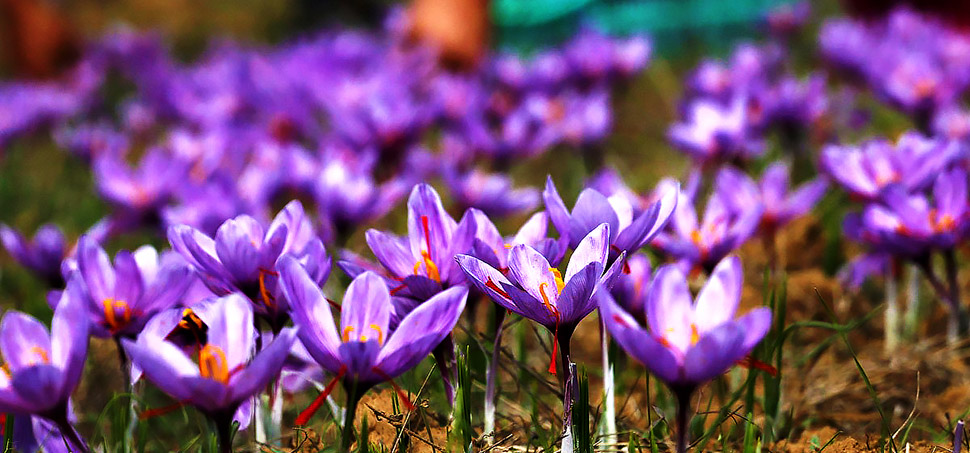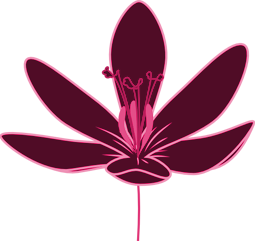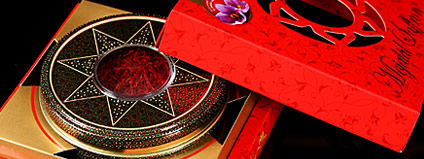Saffron Medical Purposes
Medical purposes
Saffron ha s a wider m edical usage than that of food.
It can be studied in both h-adition a l and modern medicine.
Traditional medicine
Beside all the d ocuments about saffron benefits, remained from the midd le ages, we will mention Nazemol Atebba who was the ingenious physician in Qajar period. He had ju st gathered the information from ancient times up to his own time. He added not a word about saffron features and benefits rather presented a new edition of the previ ous data.
After him there was a gap of 50 years stagnation. In this per iod, new scientists and researchers came to scene and gradually added to the previous knowledge .
![]()

Among them is Dr. Ali Farsi who wrote “Practical Blossom” in 1945. He had also no new idea and just emphasized on the previous important points. Dr Farsi’s signif icance lies in lightening a torch w hich remained lit after his death.
After him, Mr. j afar Shaluibaf known as “ Kashef “ wrote many pages about saffron . Then, Mr. Mehdi Naraghi in 1960 has also listed many saff ron benefit s in a survey much of which was translation s from foreign writers. He added that moisture and light are harmf ul for saffron. He also emphasiz ed that saffron shall be packed in confiden t packages resistant to light and moisture.
Mr. Mehrdad Melu•in in his book “Na tural therapy “ or “Therapy without Medicine” and Mr. Ali Panahi in his “ Med icine of the Holy Prop het Mohamm ad an dlmam s” refers to medical charac teristics of saffron. Mr. Panahi suggests some rules to access the natural thera py and has pr ovided the book with medical terms li sted at the end .

Mr. Abdorrahman Abdol l ahi in h is article publi shed in 19698 and Dr. Ghyasoddin Jazayeri in his famous reference book “Food Language” (1974), have new perspectives to herbal therapy and using saffron.
In 1978 Mr. Ahmad Sepehr Khorasani publi shed “A Dictionar y of Food Benefits” and continued the way. Mr. Gholamhosein Gharagouzlou with his book “Benefits of Fruits & Vegetab l es” in 1981 and Dr. Mohammad Sadegh Rojhan in “Herball Therapy” moved in parallel and developed the written knowledg e started by Nazemo l Atebba. So, they could spread the traditional therapy as long as possible. In this way, different and rich aspects of saffron benefits have also been considered . The collection of all the informati on written up to that time can be also found in “Recognition of Iran Saffron” written by Mr. Mohammad Hassan Abrishami. He has spent his life studying saffron and ha s got acquainted w ith it to a great extent.
His other books on this subject are: “Saffron or Red Gold in Iran’s Historical Culture”, “Saffron: the Red Gold in Desert Borders”, “Saffron’s 1:-Tistorical & Agricultural Recognition” and “Saffron From ancient till Now”.

From all the mentioned works, ””e ca11 collect the following common points about saffron. It …
1- Strengthens sexual desire and removes sexual fatigue in both sexes.
2-Has a hot and dry temper9.
3- Strengthens our five external senses.
4-Disinfects, controls and removes infections.
5-Increases urine and sweating (saffron used with honey remov es kidney and urinary stones).
6- Strengthens human instincts (sleeping, eating, etc.)
7- Strengthens liver, respiratory and urinar y organs.
8- Is narcotic.
9-ls mirthful and rejuvenating.
10- Reinforces the effect of other medicines.
11-Relieves anal & uterine aches.
12- Relieves eye allergy & scratch.
13- Catalyzes blood clotting and cures old wounds.
14- Regulars menstruation.
15-Is anti convulsion & convulsion coughs, and controls hysteric excitements .
16-Is appetizing and relieves stomach aches (it is harmful for the patients with stomach ulcer).
17- Relieves chronic bronchitis.
18-Relieves tooth ache and decreases tooth decay speed .
19-Removes bad smell of medicines.
20-Has positive effects on some skin disorders like under skin bleeding, skin inflammation & skin eruption.
21- Recovers paleness & refreshes color of face.
22- Strengthens the heart.




